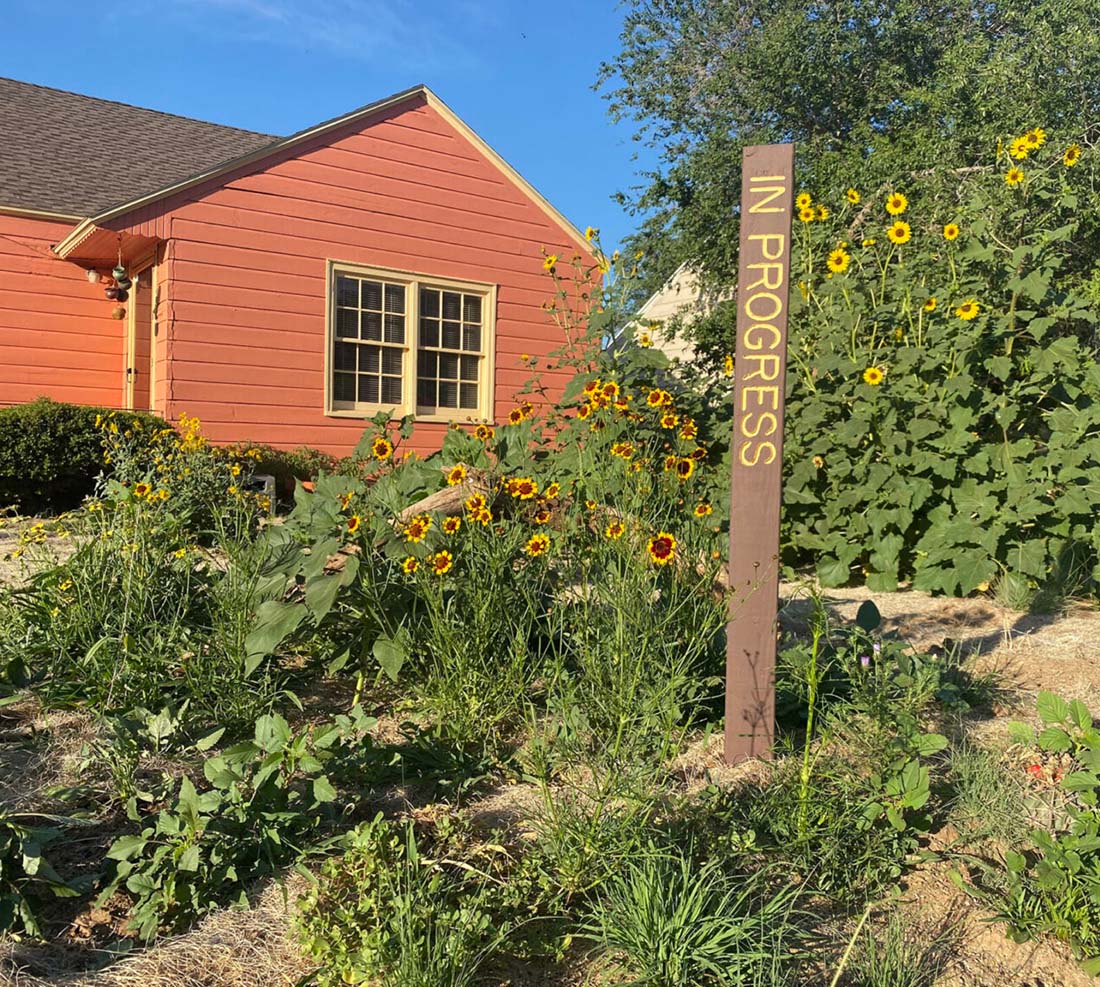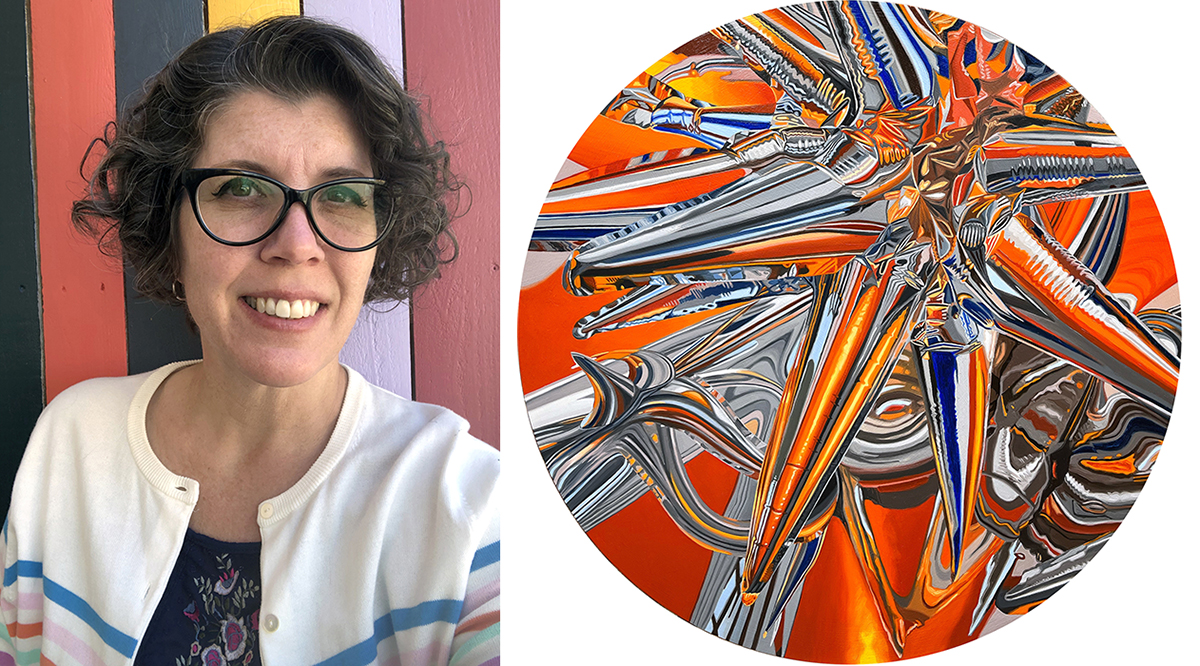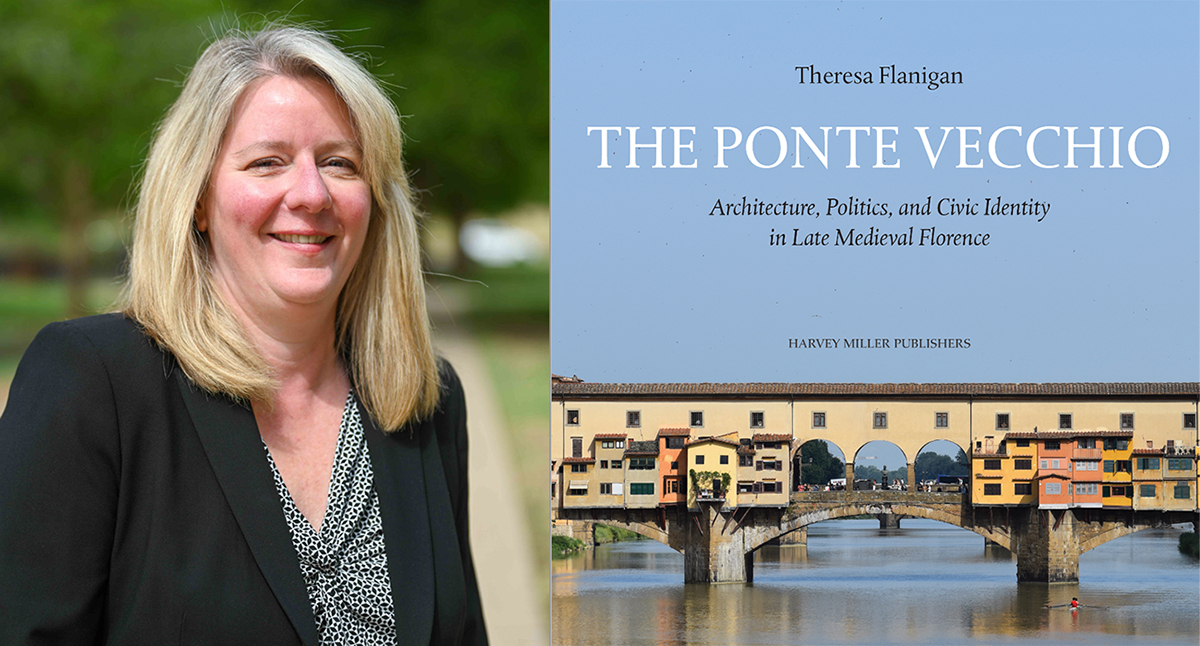
School of Art
Faculty Research
Faculty Research
Faculty at the Texas Tech School of Art are engaged in a vast variety of research projects. Research helps faculty members stay abreast of their fields, keeps them at the forefront as leaders in their disciplines, and helps them to better prepare students with up-to-date techniques and concepts. Faculty research trajectories often include personal explorations on topics developed over many years. Additionally, faculty have been engaging in interdisciplinary research such as arts in medicine and arts in engineering. Some of those collaborative projects are reported on the Art Making Connections webpage.
Ghi Fremaux Exhibits and Presents at Rosewood Arts Center, Dayton
Ghi Fremaux, Interim Director and associate professor of art, has a (two-person) solo exhibition at the Rosewood Art Center's Kettering Health Art Gallery in Dayton, OH with her life-partner, collaborating as Ghislaine and Lando Fremaux-Valdez. The exhibition continues through May 24th. The artists were chosen through a juried panel of local art professionals and a representative from the Kettering Arts Council. The process is facilitated by Gallery Coordinator Laura Truitt.
The couple engage in a unique process to create their art. The drawings follow conversations about their own relationship and the legacy of figurative art. They make each piece collaboratively, drawing “shoulder to shoulder”. They layer their compositions with three media — first “building the bones” with charcoal, then the “mass” with gouache, and lastly the “skin” with chalk pastel.
The exhibiton is on view through May 24, 2025. There will be a reception and gallery talks by the artists on the closing day. Click here for more about the exhibition.
Shannon Cannings Presents Solo Exhibition in Dallas

Shannon Cannings, Assistant Professor of Practice, Drawing, staged a solo exhibition of her recent paintings at Cris Worley Fine Arts in Dallas (March 1-April 12, 2024).
In this recent body of work, Shannon is working in pattern and reflection using mylar, depicting distortions of a pattern called “Razzle Dazzle” from Naval ships in World War I and classic shooting targets. At times, Cannings even drops these references, simply focusing on how the reality is manipulated and changed in the reflection of the mylar. Although not readily discernable, Cannings continues her relationship with the imagery of the gun. Moving from the consumable fun of the toy gun, Cannings enters into the world of the real gun. Yet, by abstracting the gun, Cannings discusses societies own turmoil with the subject – showing just how layered and difficult the subject truly is.
For more about the exhibition, and installation views, go to Chris Worley Fine Arts.
Between March 7th - April 19th, Shannon also had artowrk included in a group show called "Anya's Eye" at the Anya Tish Gallery in Houston. The exhibition featured more than two dozen of the gallery’s artists, many of whom were discovered early in their careers and have gone on to great acclaim. "Anya’s Eye" celebrates the legacy of Anya Tish, a gallerist, art advisor, and mentor who was deeply devoted to and believed in the artists she shared with the world. Curated by Anya Tish Gallery director, Dawn Ohmer, the show provided an opportunity to “see” what Anya saw in the artists she represented, and experience how enriching and life-changing those encounters are.
Theresa Flanigan Publishes Book about the Ponte Vecchio

Theresa Flanigan, Ph.D., Assistant Professor of Art History and specialist in Italian Medieval and Renaissance art and architectural history, has published her book, The Ponte Vecchio: Architeture, Politics, and Civic Identity in Late Medieval Florence (London and Turnhout: Harvey Miller, an imprint of Brepols, 2024).
Famous today for the shops lining its sloped street, the Ponte Vecchio is the last premodern bridge spanning the Arno River at Florence and one of the few remaining examples of the once more prevalent urbanized bridge type. Drawing from early Florentine chronicles and previously unpublished archival documents, this book traces the history of the Ponte Vecchio and adds significantly to what is known about the bridge’s patronage and construction, as well as the aims of civic architecture and urban planning in late medieval Florence.
In December Dr. Flanigan was interviewed by Miranda Melcher for New Books Network about the publication. You can hear the interview at THIS LINK.
Dr. Flanigan received her Ph.D. in Art History from New York University’s Institute of Fine Arts, a M.A. in Art History from Syracuse University’s Florence Program, and a B.Arch. in architectural design from Syracuse University. She was also a foreign fellow at the Scuola Normale Superiore in Pisa, Italy.
School of Art
-
Address
3010 18th Street | Box 42081, Lubbock, Texas 79409 -
Phone
806.742.3826 -
Email
art.info@ttu.edu
